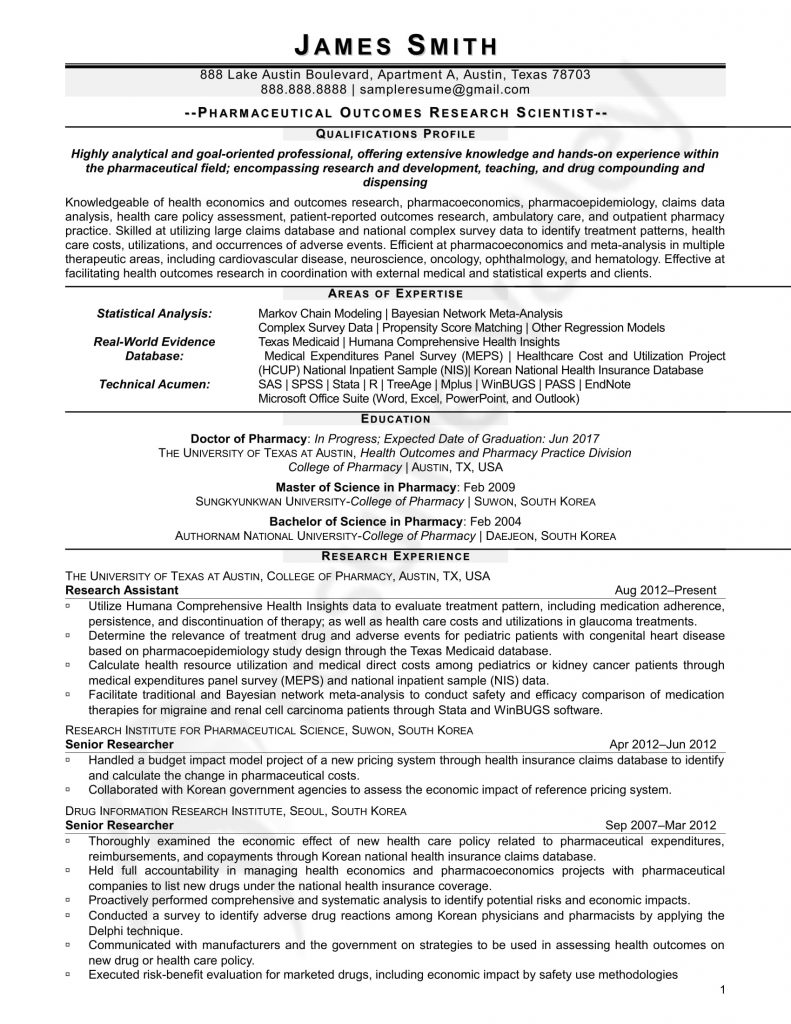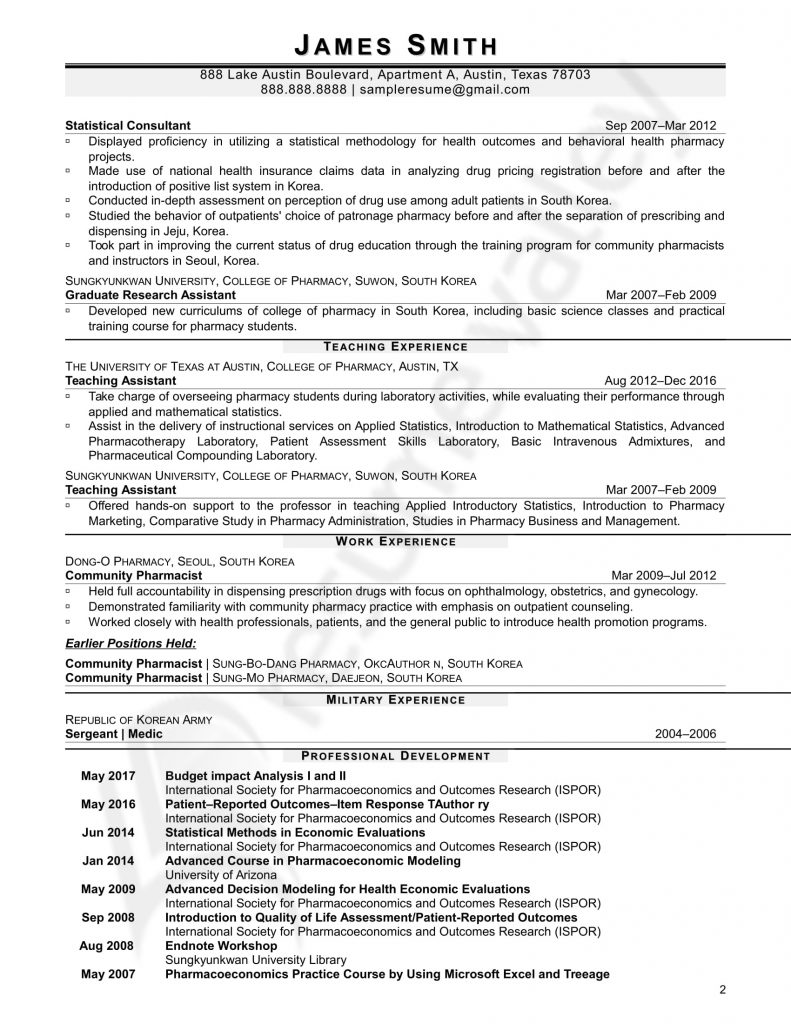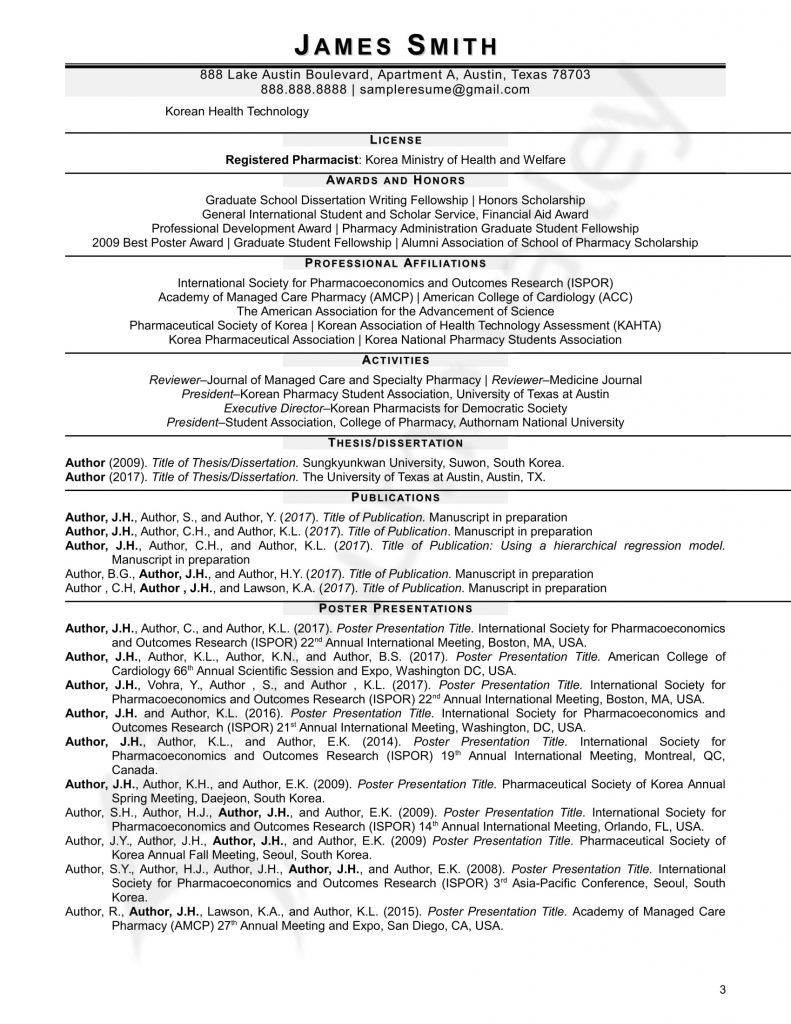Let’s say you’ve figured out there’s a job vacancy on your target firm. However, as you’re browsing through the requirements, you saw a strange item. It says, “Submit a curriculum vitae.” But do you know how to create one? Don’t worry. In this article, you’d learn how to write a CV, what it is, and why it’s important.
What is a CV?
A CV or a curriculum vitae means “course of life” in Latin. It’s a job application tool that outlines your academic and professional history. It details your experiences, publications, achievements, professional skills and proficiency.
Well, it differs from a typical resume, for it is extensive and more comprehensive. It must be complete, clear, concise, and updated.
When Should You Use a CV?
A CV is often used to apply for jobs in academic, research or scholarly positions. It’s also required to submit a CV when applying for grants, scholarships, and sometimes, internships.
Now, you may ask: what does a CV look like?
Before we proceed to the most vital part of this article, we’ll give you a glimpse of how CV looks like. Here’s a sample of CV for job application as a research scientist.
Research Scientist Curriculum Vitae Sample
View more CV examples here.
CV Writing Tips 101: How to Write a CV
A professional CV can prove why you’re the ideal person to hire for the post. No accepted rule on how to write CV sections exists, but your copy must cover the following elements.
Personal Details
Your CV should have your name, address, phone numbers, and email address on the top so potential employers will find it easy to contact you. Most importantly, you should write the job position you’re applying for just below your details.
Qualifications Profile
If done right, this section can catch the recruiters’ attention and persuade them to find out more about you. Yet, be careful to include excessive details. Take your main skill and relate it to your target position to let employers see you’re the perfect person to hire.
Employment History
List your work experience in reverse chronological order with your most recent position first. Include the name, location, website, and dates of your employment. Use bullet points to highlight your tasks and achievements in the role, so the interviewer can make a quick match of your experience with their job description.
Education
Likewise, in reverse chronological order, give brief details about your academic and non-pro achievements along with your grades. If you’re aiming to land your first job, place this section above your work experience. Check out other tips on how to make CV for freshers.
Areas of Expertise
Over the years, you’ve gained many skills. Add them and state whether you’re in the basic, intermediate, or advanced level. Further, pay attention to skills such as communication and management because they’re harder to prove and should come with examples.
Interests
Although optional, try to include interests relevant to your target job and those that portray you in a rather positive way. This will give your recruiter a more rounded picture of who you are and maybe something more personal to discuss during the interview.
Other Information
Lastly, you can add other details related to your skills and work experience that can give you plus points. In addition, you can list here your license, language, published books, and professional affiliations.
Ace Your Job Application with a Professional CV
Learning how to write a CV is more tedious than that of a resume, right? Since it’s a thorough synopsis of your qualifications, an expert’s touch would give you a better advantage. Hire our best CV writing service now! Call us now and land your job in no time!
Related Articles:
A Handful of Reminders for You When CV Writing
The Most Effective CV Writing Tips for Tech-Jobs









